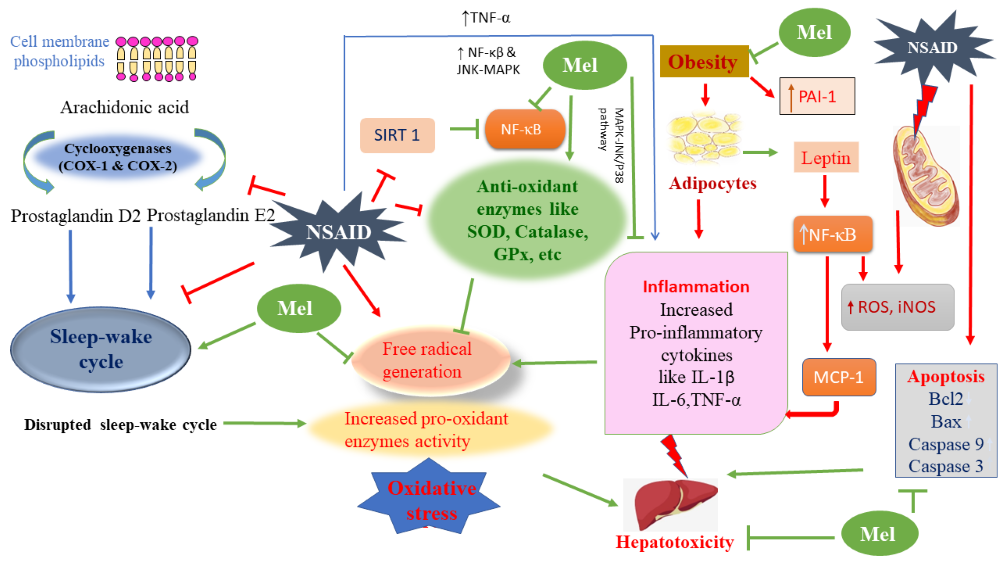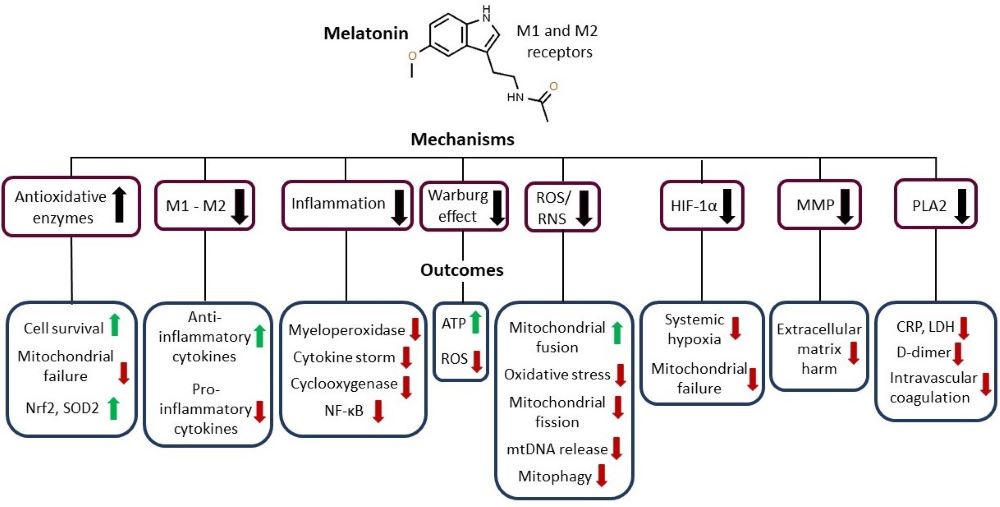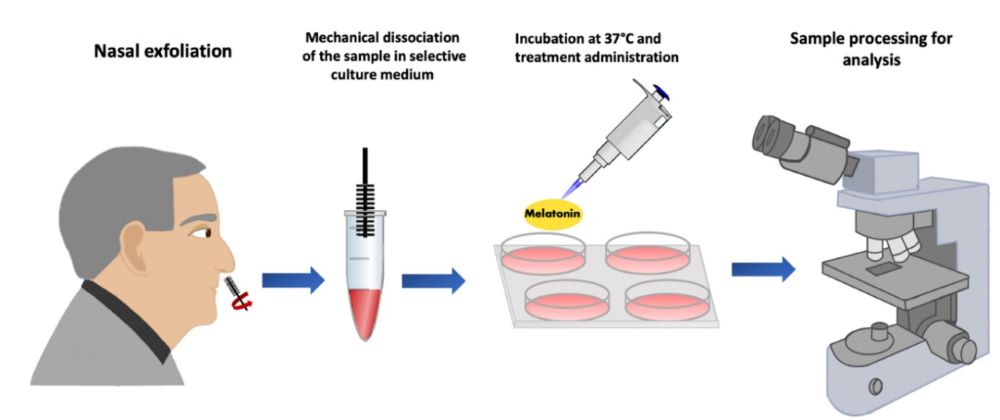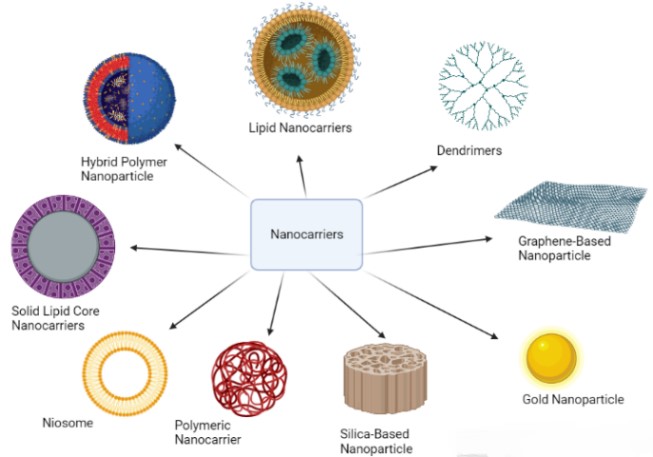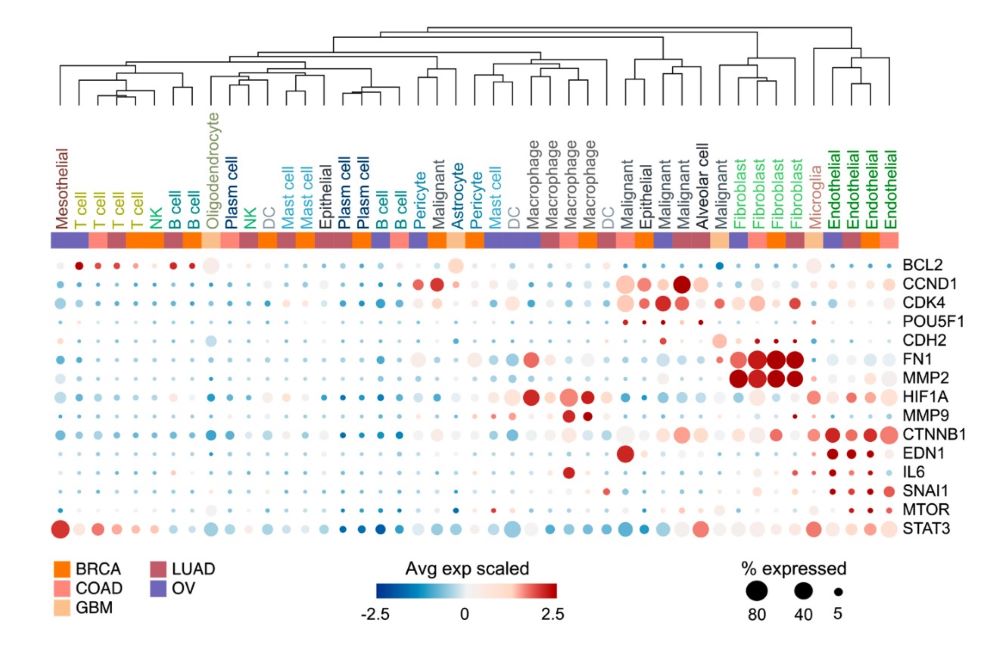
The anti-cancer action of melatonin has been extensively studied in cell culture, animal models or clinical research from the different aspects. In the current issue, a publication by Chuffa et al. summaries these results and examines some of the mechanisms involved. To help to clarify the molecular processes by which melatonin modulates carcinogenesis, the authors for the first time explore the cancer-melatonin interactions at the gene network level with the use of text-mining strategies. The results indicate a close relationship among breast, hepatocellular, prostate, and oral cancers, as well as neuroblastoma and osteosarcoma in terms of the melatonin-related signaling pathways. Melatonin upregulated genes promote apoptotic protease activator, caspase activator, enzyme regulator, and protein binding, whereas the downregulated genes influence protein kinase activities, transcription factor binding, numerous proteins and enzymes, DNA, and promoter bindings in cancer cells. Clinically, melatonin-downregulated genes are associated with the longer survival of patients with glioblastoma, bladder, breast, colon, stomach, liver, lung, and ovarian carcinomas. These results provide a global view of gene interaction networks in melatonin-treated cancers and their functional value, opening new opportunities to consider melatonin for cancer therapy. In another report, Santillán-Morales and Benítez-King present a novel idea to use olfactory neural precursors (ONPs) as a model that reflects biological mechanisms of neurons from CNS to study the Alzheimer’s pathologies and treatment effects of melatonin. While it is generally impractical to obtain life neurons from the CNS of patients with Alzheimer’s disease (AD), it is readily feasible to collect the ONPs from patients’ nostril noninvasively. The easy availability of live ONPs which have the characteristics of potential neurogenesis from the AD patients provides a useful new tool in which to test melatonin effects on this debilitating disease.
